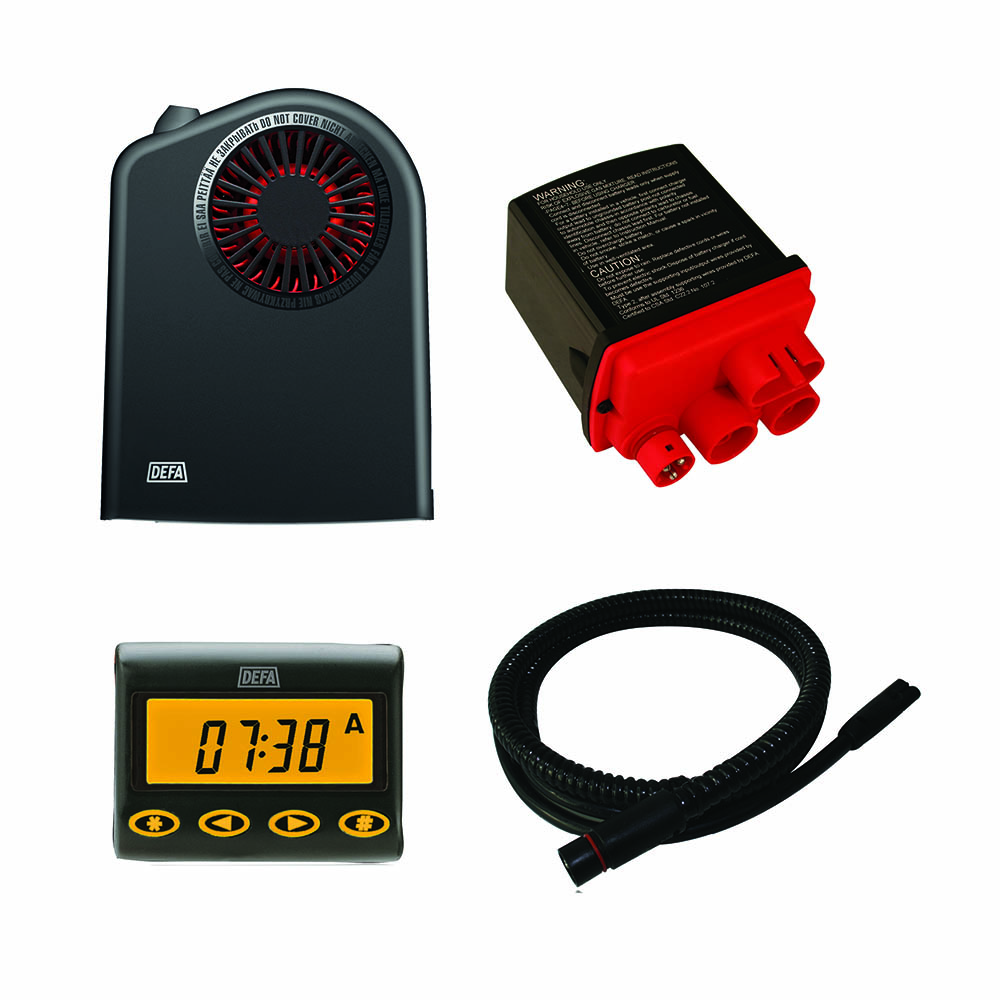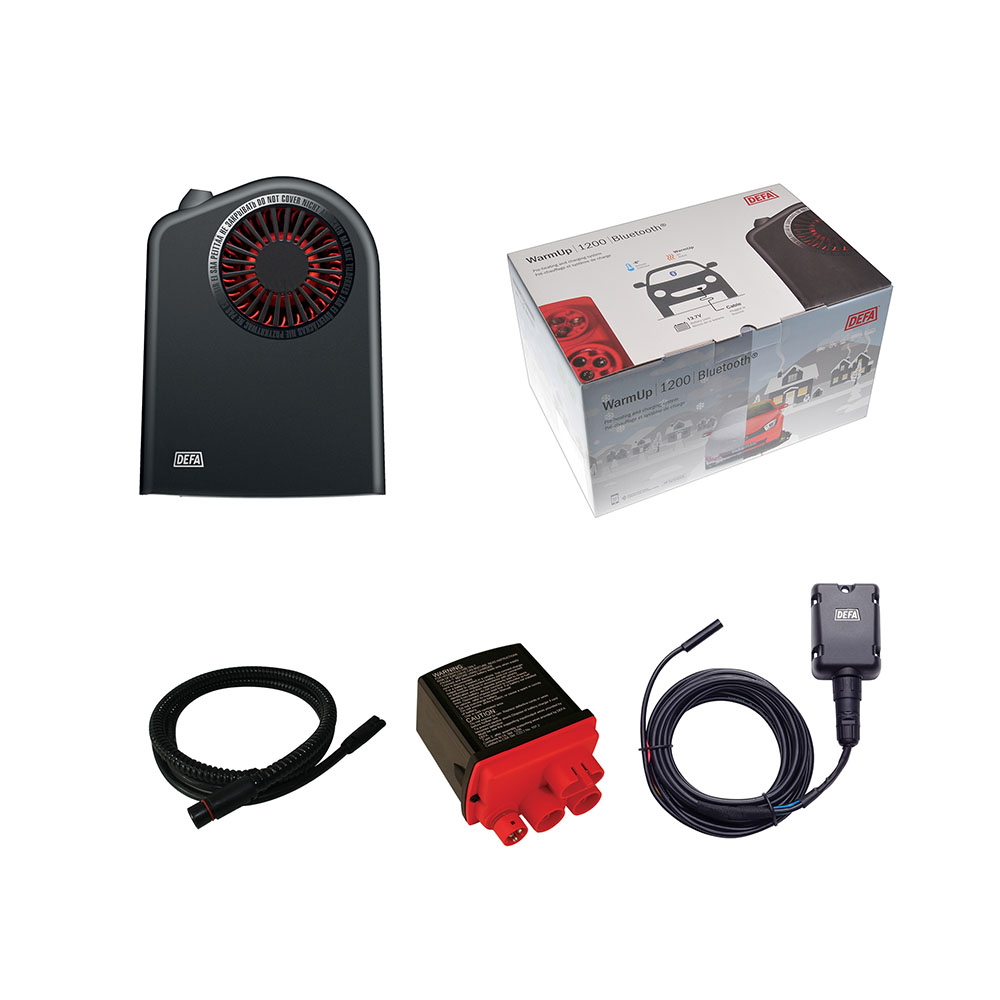Extend the lifespan of your fossil-fueled car and reduce environmental impact

Even though many people currently own or plan to purchase an electric car, the number of fossil-fueled vehicles remains significant. However, in an era where electric and hybrid cars are becoming increasingly popular – many are pondering the following questions: How can I maximize the value of my fossil-fueled car when I eventually sell it? How can I extend the vehicle’s lifespan? And what can I do to reduce the environmental impact of my fossil-fueled car?
“Not owning an electric car yet can be attributed to various factors, ranging from financial considerations to charging infrastructure. For DEFA, it’s imperative that – as long as fossil-fueled cars remain on the roads – we offer solutions that benefit not only your finances but also your vehicle and the environment,” says Ståle Kvitle, EVP for Auto & Industry at DEFA, and continues:
“During the winter in the colder regions, the lifespan of cars is diminished. Cold starts place an immense strain on the engine and battery.”
Significant Environmental Impact
Several international studies have revealed that cold starts are among the primary contributors to harmful emissions from vehicles. This holds true even for new cars on the market. These emissions contribute to poor air quality in urban areas, affecting the health of residents.
These same studies suggest that an electric car heating system is an effective tool in mitigating the effects of cold starts, reducing their harmful environmental impacts both locally and globally.
A study on the effects of cold starts was conducted by researchers from Berkeley, Carnegie Mellon, the University of California, and MIT. This study showed that modern gas cars release the same amount of harmful emissions in the first 30 seconds after a cold start as in 300 kilometers / 190 miles of driving with a warm engine.
Another test, conducted by VTT, the independent state research institute of Finland, found that electrical preheating can reduce harmful emissions by as much as 71% in cold conditions.
Furthermore, the Swedish Road and Transport Research Institute (VTI) concludes that significant reductions in emissions can be achieved through increased use of electrical preheating.
The consensus is the same in Norway, where the Institute of Transport Economics (TØI) and the Norwegian Automobile Association (NAF) recommend using electrical preheating to lower emissions.
What is a cold start?
A cold start is when an engine begins at temperatures below +10 degrees Celsius without prior heating. Under these conditions, emissions are consistently elevated and become progressively higher as temperatures decrease. An engine started in the cold will emit considerably more at -10 degrees than at +10 degrees.

How Cold Starts Lead to Increased Emissions
An electrical preheating system consists of an engine heater, an interior heater, a battery charger, and app control, all of which contribute to reducing emissions.
- The engine heater warms the engine and motor oil, ensuring proper lubrication, reducing friction, and optimizing efficiency.
- The interior heaterraises the cabin’s temperature to a comfortable level, melting ice and snow off the windows, and decreasing the need for power-hungry comfort features like defrosters, seat heaters, and fuel heaters.
- The battery chargercharges the battery before you start driving, reducing the need for charging during your journey. Less fuel is consumed to run the generator, resulting in lower emissions.
- The app control systemallows you to ensure no excess energy is used to heat the car. Users can easily program the system to heat the vehicle in time for their regular departure times, automatically determining when to start heating based on the outside temperature.
Massive reductions with idle free charging and heating system
In the test conducted by VTT in Finland, standard Euro 5 petrol and Euro 6 diesel cars were compared to identical models equipped with DEFA’s electrical preheating system, WarmUp. The test considered the first 20 minutes of driving after a cold start at -20 degrees Celsius. The results yielded significant findings:
| GAS EURO 5 | Co2 (g/km) | PM (mg/km) | NOx (g/km) |
| Cold start | 306 | 152 | 0,35 |
| Preheated | 253 | 12 | 0,17 |
| Reduction | 17% | 92% | 52% |
| DIESEL EURO 6 | Co2 (g/km) | PM (mg/km) | NOx (g/km) |
| Cold start | 254 | <1 | 0,97 |
| Preheated | 198 | <1 | 0,60 |
| Reduction | 22% | 0% | 38% |
Key findings:
- Electrical preheating can reduce PM emissions from petrol cars by up to 92%, significantly contributing to improved air quality, particularly in urban areas.
- Electrical preheating can reduce the emissions of NOx from petrol cars by up to 52% and from diesel cars by up to 38%. While the percentage-wise decrease is more substantial for petrol cars, the effect in g/km will be more significant for diesel cars (-37 g/km vs. -18 g/km) due to their higher NOx emissions.
- Electrical preheating can reduce CO2 emissions from petrol cars by up to 17% and from diesel cars by up to 22%, with a slightly more pronounced effect for diesel cars, despite their lower CO2 emissions (-56 g/km for diesel vs. -53 g/km for petrol).
- Additionally, preheating almost eliminates emissions of HC and CO, which are harmful pollutants.


